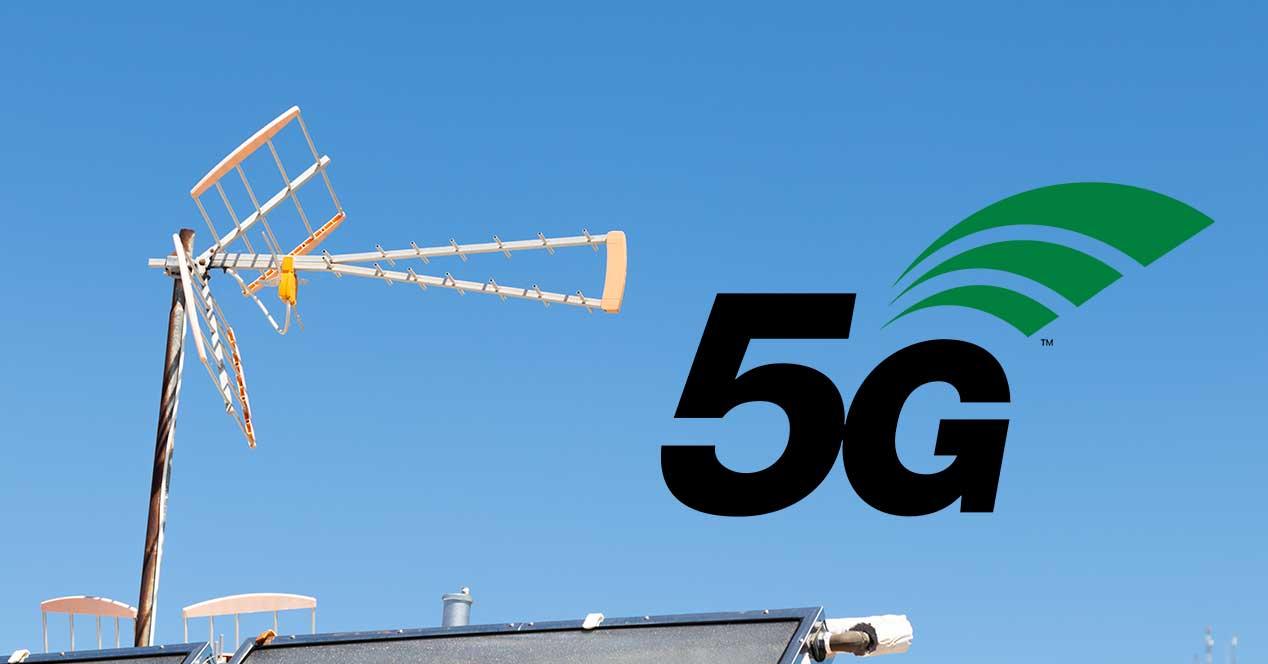-THE PROPERTY MANAGER'S BLOG-
How the arrival of the release of the Second Digital Dividend and the 5G will affect
How the arrival of the release of the Second Digital Dividend and the 5G will affect
The Second Digital Dividend has just ended. As of October 31, 2020, the 700 MHz band has been fully released for operators to start operating in it with5G coverage. The auction will be held in March, and it will be the second time that DTT gives way to mobile telephony, as it happened with the 800 MHz 4G auction. However, this will not be the last time it will happen.
The National DTT Technical Plan, approved by Royal Decree in June 2019, guarantees that DTT will continue to operate in Spain until at least 2030in the same bands it is currently operating in. Thus, there will be no Third Digital Dividend or loss of DTT bands in the next 9 years.
DTT will not lose bands until at least 2030
As explained by the Ministry of Economic Affairs and Digital Transformation, the allocation of new uses for frequency bands is coordinated at the international level at the World Radiocommunication Conferences (WRC) held by the International Telecommunication Union (ITU). These conferences are held every three to four years, with the last one being held in October and November 2019 in Egypt. The previous one was held in Geneva in November 2015, as were those of 2003 and 2007.

In the 2019 one, there was no talk of any change of DTT frequency bands for other uses. Therefore, this topic is not expected to be discussed until at least 2022 or 2023, which is when the next World Conference on the subject will be held. Moreover, in the event that there is any talk of something there, it will be up to the European Union to set the deadlines for releasing the bands.
In 2023 there will be no SD channels
What we will see on January 1, 2023 is that all DTT channels will be in HD, leaving behind SDand the MPEG2 standard they use. What is not known is whether the use of the current DVB-T standard and the MPEG4(H.264) codec will be maintained, or whether DVB-T2 and HEVC, which allow spectrum usage to be reduced by half with the same current quality, will be used. They also allow us to offer higher quality, as well as to add more channels.
The elimination of SD channels would free up enough spectrum to improve the bitrate, which would make it unnecessary to switch to DVB-T2. In the future, if for example the 600 MHz band is used for mobile telephony, then it would be necessary to use a new technology that uses the spectrum more efficiently, otherwise channels would be lost.
Will 5G replace DTT?
Therefore, it is clear that we are going to have to retune the DTT at least once more in the next two years to eliminate SD channels and keep only HD channels. From then on, we may have to buy a set-top box or a TV with DVB-T2, since, from summer 2019, all new TV sets must have one integrated, or we may continue to use the current DVB-T with HD for a little longer.
DTT currently uses 8 MHz channels with a bitrate of up to 19.91 Mbps. This figure is obtained from the modulation parameters used in Spain, where 64QAM is used, a guard interval of 1/4, 6,048 useful carriers, and a coding rate of 2/3. This rate indicates that, out of every three bits sent, two are valid and one of them is used as redundancy if one of them fails to be delivered. If it were not for that, it would be possible to use 30 Mbps bitrate, although the channels would present transmission errors.
Each HD channel has a bitrate that reaches 4.5 Mbps, as is the case with SD channels, which tend to be slightly lower at around 3.5 or 4 Mbps. Thanks to better coding efficiency, H.264 can compress a higher resolution image than SD and use virtually the same spectrum.
Therefore, each multiplex only accepts up to four HD channels, with three being the maximum we currently see combined with some DTT channel. In addition, a percentage is also used for radio stations, program guides, teletext, and other services accessible via DTT.

Therefore, until changes are made to the way signals are encoded and compressed, it will not be possible to add more channels or use the spectrum more efficiently. If we multiply the 9 multiplexes currently used in DTT by the 19.91 Mbps of each one, we have that DTT uses 179.19 Mbps distributed in 224 MHz of spectrum from 470 to 694 MHz. In the case of 5G, speeds of several thousand Mbps are possible in the same spectrum.
Thus, things may happen that are difficult to predict between now and 2030. For example, it is possible that some technology will be implemented at the European level that will allow TV signals to be broadcast over 5G, which has a technology called FeMBMS (Further evolved Multimedia Broadcast Multicast Service). This would allow receiving the TV signal anywhere thanks to cell phones, and without having to rely on external tuners, as well as not having to use programs to watch DTT on PC. The FeMBMS technology has been tested for years in Germany, where test emissions have already demonstrated that this technology is feasible.

The order for payment procedure is a special procedure provided for in the Code of Civil Procedure to claim monetary debts of any amount which are liquid, determined, due and payable and which are stated in documents signed by the debtor or in invoices, delivery notes, certificates, etc. which, even if they have been created by the creditor, are those which usually document claims and debts in the relationship between debtor and creditor.
The peculiarity of the procedure is that no lawyer or solicitor is required for the initial request and that the court issues an order for payment to the debtor which, if it is not complied with or opposed, determines that enforcement is to be carried out against the debtor (articles 812 and ff of the LEC).
In the area of the communities of owners, The Horizontal Property Law says that this procedure can be used to claim community debts provided that a certification (issued by the secretary and with the approval of the president) of the agreement of the general meeting approving the settlement of the debt is provided and that such agreement has been duly notified to the affected owners.
Thus, the order for payment procedure can only be initiated to claim payment of a debt:
- Money.
- Liquid.
- Determined.
- Expired.
- Required.
The amount of the debt is irrelevant.

In short, the payment order procedure is the second best way of claiming money debts, liquid, determined, due and payable to the community of owners.
The best procedure for claiming a debt is to talk to both the president of your community and the administrator of the community and reach a cordial agreement. This will save you a lot of headaches, money and time.

